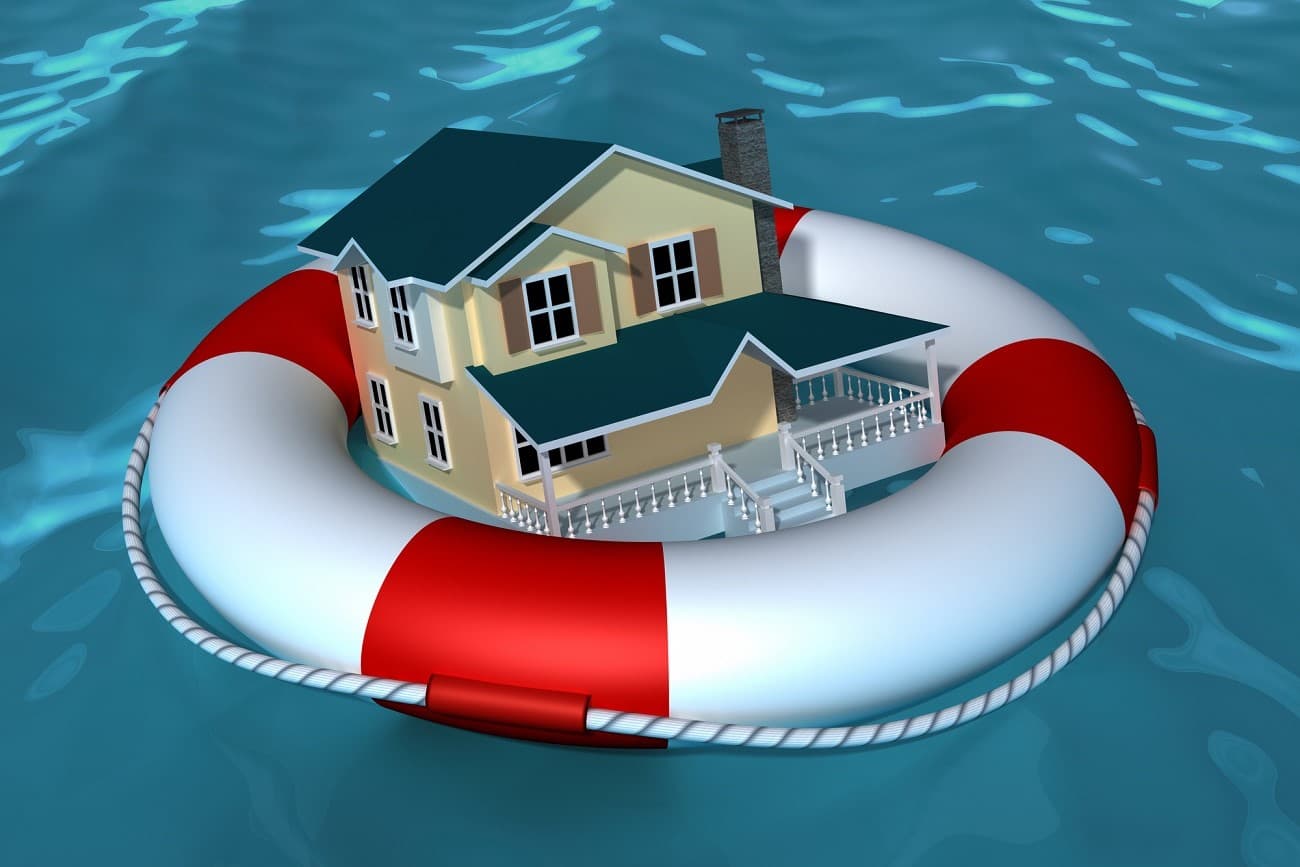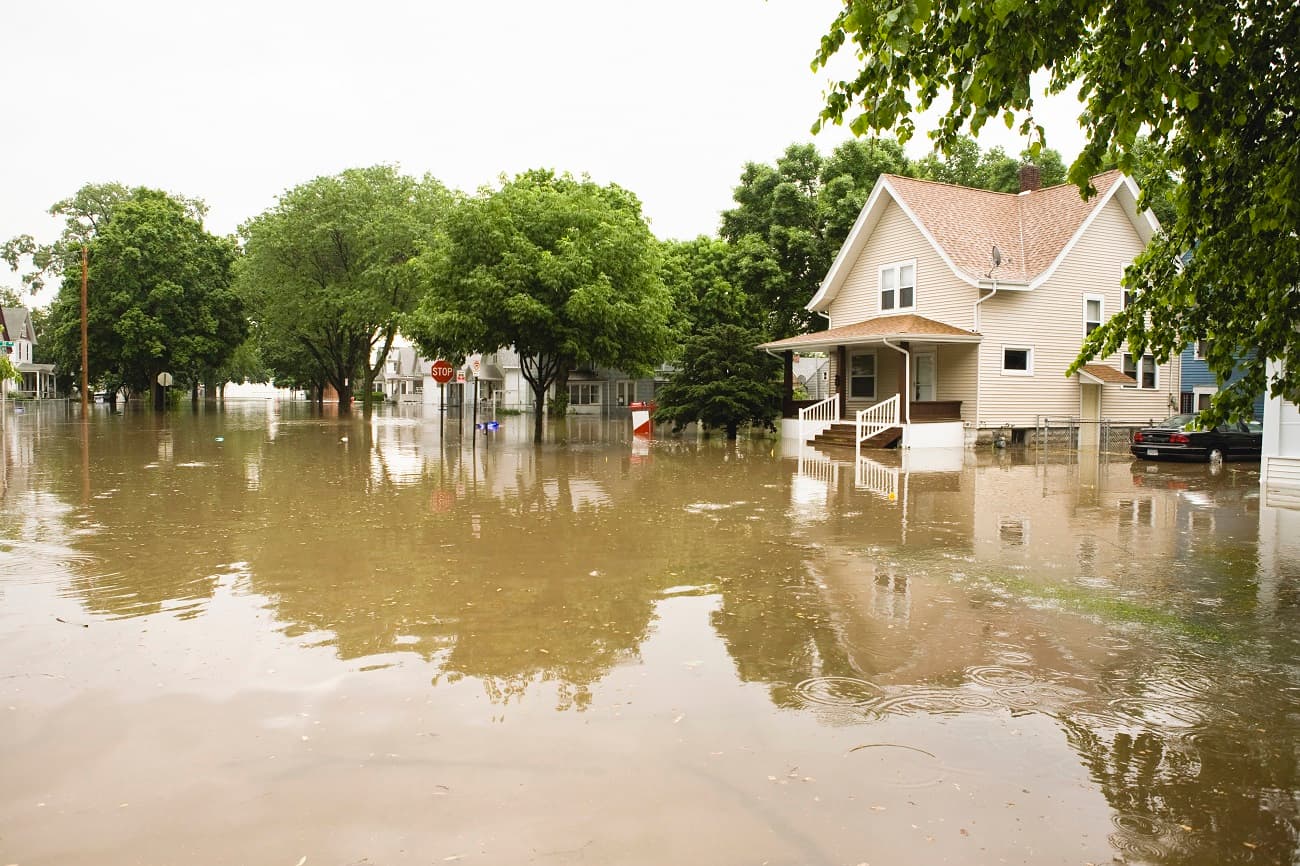Downloadpdf (PDF: 831 KB)
Thank you to everyone who participated in NAR’s recent townhall with FEMA regarding the National Flood Insurance program’s (NFIP) new pricing methodology Risk Rating 2.0. While FEMA was able to answer many questions during the townhall, NAR has worked with FEMA to address most of the remaining questions below. NAR staff will follow up directly with members who asked about individual mapping or other situations they or their clients are currently experiencing.
Questions About Educating Clients and the Public:
- What should I say about Risk Rating 2.0 if I get questions from customers or clients?
- Can homeowners find out now what their NFIP rate will be under the new system?
- How can REALTORS® have access to information on individual addresses?
- How can the REALTOR® community best join with FEMA in educating the public on the upcoming NFIP price changes?
- How can I volunteer with FEMA?
- What are the best reference websites to visit?
Answer: NAR Legal Affairs has prepared comprehensive member guidance on how to talk with customers about flood insurance. In general, real estate professionals are not flood insurance experts and should refer questions about NFIP or insurance pricing to insurance agents. You can however be an invaluable resource by being ready to offer contact information for several insurance agents in your local market to help answer client questions. You may also gather contact information for other flood professionals, such as your local government flood manager and a few licensed surveyors or engineers, who can help with related questions. For more general questions, you can also share these FEMA web-based resources:
FEMA: Risk Rating 2.0: Equity in Action (landing page)
FEMA: National Flood Insurance Program Community Rating System
FEMA: Guidelines for Donating and Volunteering
Questions About Flood Maps and Zones:
- What is being done to improve flood mapping?
- How is Light Detection and Ranging (LIDAR) technology being used as a better approach to elevation determination?
- Are flood zones going away?
- How can one effectively contest an error in mapping?
- Please explain differences in names of different flood areas?
Answer: Risk Rating 2.0 only applies to how NFIP sets full-risk insurance prices. Flood mapping and who is required to purchase flood insurance is a separate process, and isn’t affected by Risk Rating 2.0. Nevertheless, as part of the 3D Elevation Program (3DEP) coalition, NAR will continue to work with Congress and federal agencies, including FEMA and USGS to improve flood mapping data and accuracy. For more information about local map updates or how to appeal a flood zone determination, please contact your local floodplain manager who administers the NFIP in your community.
Learn more about the mapping process and how to dispute issues:
FEMA: Flood Maps
Flood Zone Designation Change Request
Questions About the Risk Rating 2.0 Methodology and Impact:
- How is the price for flood insurance figured?
- Who will determine the risk and what is a "true risk rate"?
- How have the new models held up to the catastrophic flooding that has recently occurred?
- How will the new pricing structure affect current flood insurance holders who live in Zone X?
- This applies to primary and secondary residences?
- How will duplex to multi-family units be handled?
Answer: Client questions about flood insurance pricing and actuarial science is outside the scope of the real estate license and training and should be referred to a qualified flood risk insurance professional, such as an insurance agent or actuary.
To develop the Risk Rating 2.0 methodology, 20+ NFIP program experts, including 8 full-time actuaries, collaborated with dozens of experts from a wide range of disciplines, including insurance industry experts, actuaries, engineers, building scientists, underwriters, mappers, PhD academics and mitigation professionals. FEMA has provided a comprehensive rate filing document detailing the new methodology, rating variables and data sources for the public’s review. FEMA has also analyzed Rate 2.0’s impacts at the national, state, county, and zip code level:
FEMA's Risk Rating 2.0: Equity in Action (landing page)
FEMA's Risk Rating 2.0 Methodology Data Sourcespdf (rate filing technical document) (PDF: 909 KB)
FEMA's Risk Rating 2.0 State Profiles (impact analysis)
Questions About NFIP Rate Increases and Grandfathering:
- What is the Biggert-Waters Act?
- What will happen to grandfathering?
- How much are premiums going to rise?
- What is the maximum my client should expect to pay?
- Will the $250,000 coverage limit be increased?
Answer: In 2012, Congress passed the Biggert-Waters Flood Insurance Reform Act to phase in full-risk prices for most NFIP policyholders over time. However, because the NFIP’s risk rating methodology had not been updated in 50 years, many homeowners and buyers saw sudden and dramatic premium increases at the closing table. In many cases, rate quotes varied for the same home and a few ran as high as $63,000 per year for $250,000 of building-only coverage. These reports provide more information about the problems with NFIP’s 50-year-old risk rating system:
Carolina Flood Solutions: NFIP Policy Analysispdf (PDF: 919 KB)
Milliman: National Flood Insurance Program-The Need for Changepdf (PDF: 1.2 MB)
Risk Rating 2.0 is the product of a decade of work by FEMA to resolve these Biggert-Waters-Act rating issues in collaboration with insurance experts and stakeholders including NAR. As part of a broad coalition, NAR worked with Congress to delay the premium increases until FEMA could review its rating system under the 2014 Homeowners Flood Insurance Affordability Act. NAR also formed a member insurance committee to work with FEMA, guide the Association and hire independent actuaries with Milliman to diagnose the problems and propose solutions. FEMA went on to hire these same Milliman actuaries to help it update its rating system, which is now known as Risk Rating 2.0.
NAR’s 2015 NFIP rate study conducted by Millimanpdf (PDF: 7.8 MB)
It is also important to note that, while FEMA has broad statutory authority to set the full risk rates for NFIP policyholders, Risk Rating 2.0 does not affect the grandfathered rates for newly mapped or pre-Flood Insurance Rate Map (FIRM) properties or rate discounts under the Community Rating System (CRS). Only an act of Congress can change these congressionally mandated statutory protections. Congress also strictly limits how much grandfathered rates can increase in a single year (generally no more than 18%) and how much coverage can be offered under an NFIP policy ($250,000 for a residential building), which will not change under Rate 2.0.
Additional Info on Biggert-Waters and Flood Insurance Affordability Acts
Other Member Questions:
- Will Risk Rating 2.0 affect private flood insurance policies?
- What truly is covered with this insurance policy?
- What happens when a property that is not in a designated flood zone gets flooded and there is no flood insurance?
- Can a buyer/property owner in a flood zone opt to purchase different insurance and or waive any required Fed flood insurance?
- Is there a database of homes that qualify for elevation grants?
- What about Flood Factor™?
Answer: Risk Rating 2.0 only affects NFIP policies. However, there are a number of great web resources to help answer questions about private flood policies, federal disaster relief, the mandatory purchase requirement, mitigation grants and flood factor:
Louisiana Department of Insurance Flood Page (private)
DisasterAssistance.gov Local Resources Locator (no flood insurance)
NFIP Standard Flood Insurance Policy (Dwelling Form)pdf (coverages) (PDF: 481 KB)
FEMA: Risk Rating 2.0 is Equity in Actionpdf (purchase requirements) (PDF: 191 KB)
FEMA: Hazard Mitigation Assistance Grants
Flood Factor's Flood Risk Assessment Tool
You can also follow up with NAR staff who can answer more detailed questions or work with FEMA to point you in the right direction.











